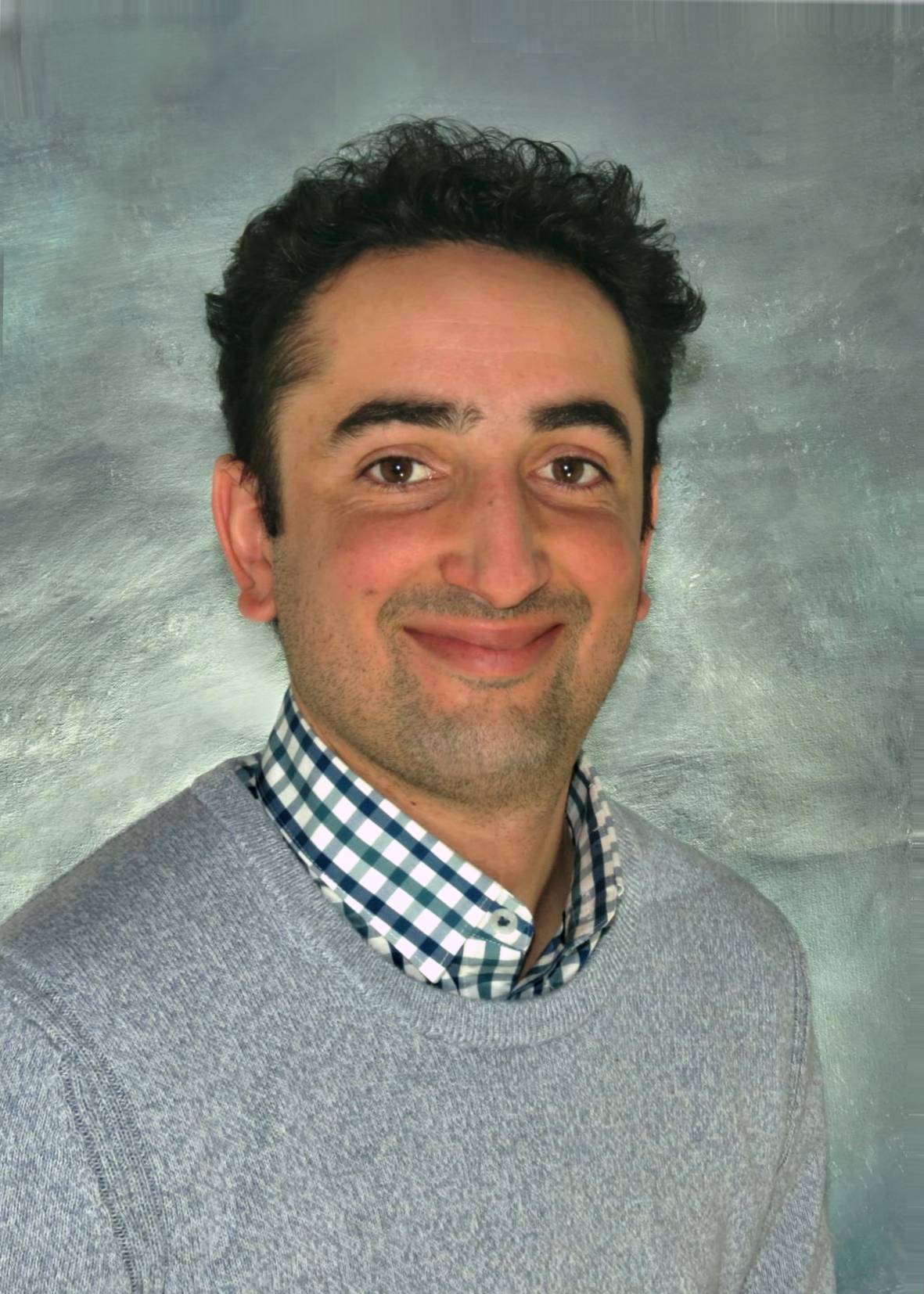The relationship between the source text, reader, and the target culture has always been at the forefront of the minds of the greatest translation scholars. How integrated into the receiving culture should the source text be? Does translation entail cutting all ties with the language and culture that produced it? Can two cultures meet halfway in a text that is foreign yet local?
There are volumes written on the topic; nonetheless, today’s translation studies courses have not yet let go of the intricate balance between foreignization and localization. The debate remains open: in the linguistic context of today, which is the preferred direction for practicing translators?
Foreignization is a translation approach that relies on preserving the source language features – such as sentence structure, vocabulary, certain grammatical features – in the target language. Although rendered into a different language, a foreignized text celebrates its foreignness by letting it permeate the fabric of the new translated product.
A translation process that relies on localization, on the other hand, usually produces a text that seamlessly enters the target culture, reinvents itself, and claims the new literary ecosystem as its own.
Let’s take a newspaper article that needs to be translated from French into English as an example. A foreignized translation would feature words of the French origin rather than their English counterparts, longer sentences, idioms that might challenge the reader’s imagination, or French cultural phenomena. A localized translation, conversely, would follow the traditional English language newspaper style in terms of the syntax, vocabulary, and grammar.
As a translator working for one employer or a freelancer juggling multiple contracts, take some time to look into the benefits and shortfalls of the two approaches – and everything in between – and decide what technique suits you best.
1. Know thyself. Which side do you gravitate towards: localization or foreignization? Where do you stand in the debate on the approaches to translating a foreign text? Maybe you’re neither a die-hard localizer nor a devoted foreignizer but a translator who modifies their approach based on the context and audience? As you get a fuller grasp of translation studies and grow in your role, pick a side that aligns with your beliefs, experience,technical expertise and the shifting needs of your clients. Further, know the pros and cons for each approach according to the field you are working in – global business translation work tends to prefer localization whereas some literary translations can prefer to hold onto some of the original nature of the text.
2. Know your text and audience. Spend just as much time studying your contract and the audience it’s intended for as you would deciding what kind of a translator you are. After all, everything that you produce has to satisfy your client and get the message across despite the inherent linguistic and cultural barriers. Ask your clients how they envision the translated text, how it will be used, who the target audience is, and if they have a preference for a translation method.
3. Be vocal about your preferred approach. While taking note of your employer’s instructions, inform them of your standpoint, what you’ve learned through your experiences, and if you have a better solution for their project. As much as your client might know about translation, they hired you as an informed and trusted advisor.
The age-old debate around the approaches to translating a foreign text is not only pertinent to the theoretical field of translation studies, but also every translation job that comes your way. Picking a side – or sides – is essential for professional consistency and your reputation in the field.
?






 Houssem
Houssem